Do you remember your first history lesson in school? History is often relegated to an academic subject, something we must study to earn good grades. However, to dismiss this fascinating social science as irrelevant to today's world overlooks the immense importance of these historical events.
In this article, let's trace the 10 most important historical events that have shaped how our world and societies function today. Ready to take a journey through history?
1215
The Signing of the Magna Carta
1492
The Discovery of the Americas
1775–1783
The American Revolution
1789–1799
The French Revolution
1914–1918
The First World War
1917
The Russian Revolution
1929
The Great Depression
1933–1945
Nazi Germany
1939–1945
The Second World War
1960s–1990s
The Creation of the Internet

The Signing of the Magna Carta (1215)
The Magna Carta, which translates to The Great Charter in Latin, was the first significant historical document to use legal authority to limit the power of the monarchy and protect the rights of the Barons (nobility), as well as, eventually, all citizens.
It took place during the reign of King John, who was known to be a tyrant king who imposed high taxation and experienced many military failures. This led to the barons ' increased frustration and rebellion against him. The Barons eventually captured London in May 1215 and forced King John to sign the Magna Carta at Runnymede on June 15, 1215.
Do you know there are only 4 surviving original copies of The Magna Carta today?
Two copies are held at the British Library, and the remaining two copies are held at Salisbury Cathedral and Lincoln Cathedral, respectively.
🌍 How did this historical event change the world? The Magna Carta became a symbol of freedom and equality, later inspiring foundational documents such as the English Bill of Rights (1689), the United States Constitution (1787), and the Universal Declaration of Human Rights (1948).
The Discovery of the Americas (1492)
Christopher Columbus remains a prominent figure in history for his voyages to the Americas. An ambitious Italian explorer, he sought financial support from the Spanish monarchy (King Ferdinand and Queen Isabella) to discover a westward route to Asia in search of greater trading profits, as the Silk Road had become less accessible due to the rise of the Ottoman Empire.
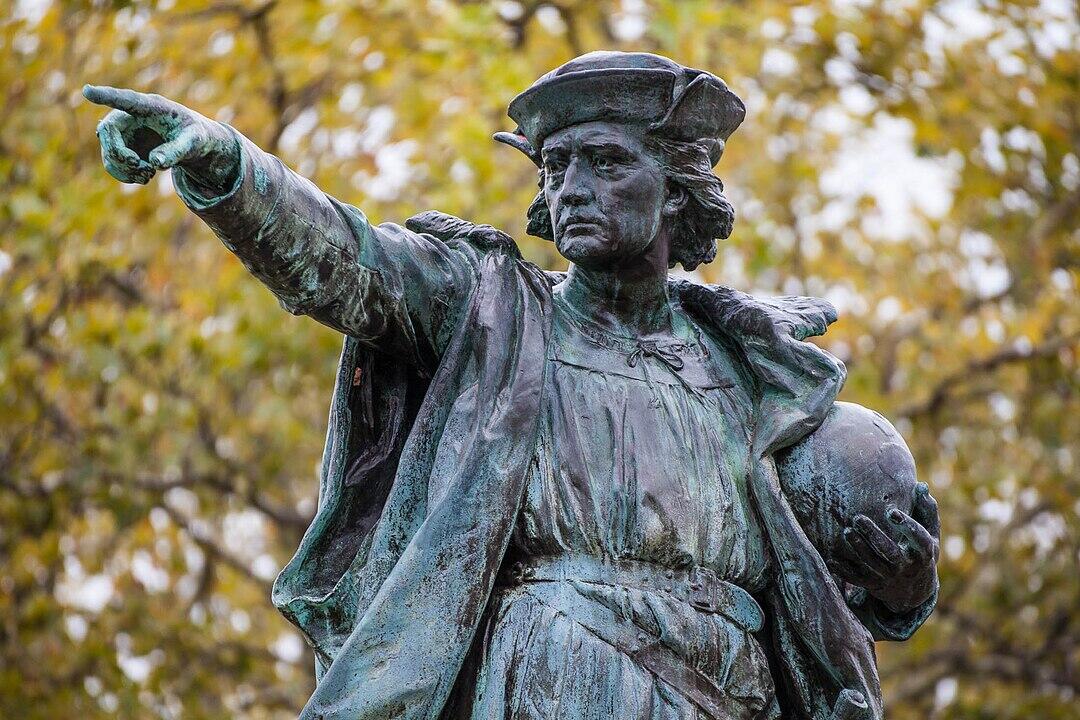
In total, Columbus set out for four voyages across the Atlantic Ocean to the West, but he was never close to reaching Asia. Instead, he discovered a whole new continent (the Americas), which included places like the Bahamas (San Salvador), Cuba (which he thought was Japan), the Hispaniola (now Haiti and the Dominican Republic, and others. Believing he had reached India, he referred to the native peoples as “Indians".
1492–93:
First Voyage
Places explored include the Bahamas, Cuba, and the Hispaniola
1493–96:
Second Voyage
Founded La Isabella, the first attempted European colony in the Americas
1498–1500:
Third Voyage
Reached places like Trinidad and Jamaica in South America
1502–04:
Fourth Vorage
Suffered from shipwreck but still managed to reach Honduras, Nicaragua, and Panama.
🌍 How did this historical event change the world? Columbus's journey drastically reshaped world history by connecting Europe to the Americas, marking the beginning of European colonization in the New World and beginning the era of conquest and exploitation of native peoples.
The American Revolution (1775–1783)
The American Revolution was a political and military conflict that took place between 1775 and 1783 in North America. Growing tensions between the British Thirteen Colonies and the British administration, primarily due to taxation without parliamentary representation, sparked the conflict, marking the beginning of the American Revolutionary War.
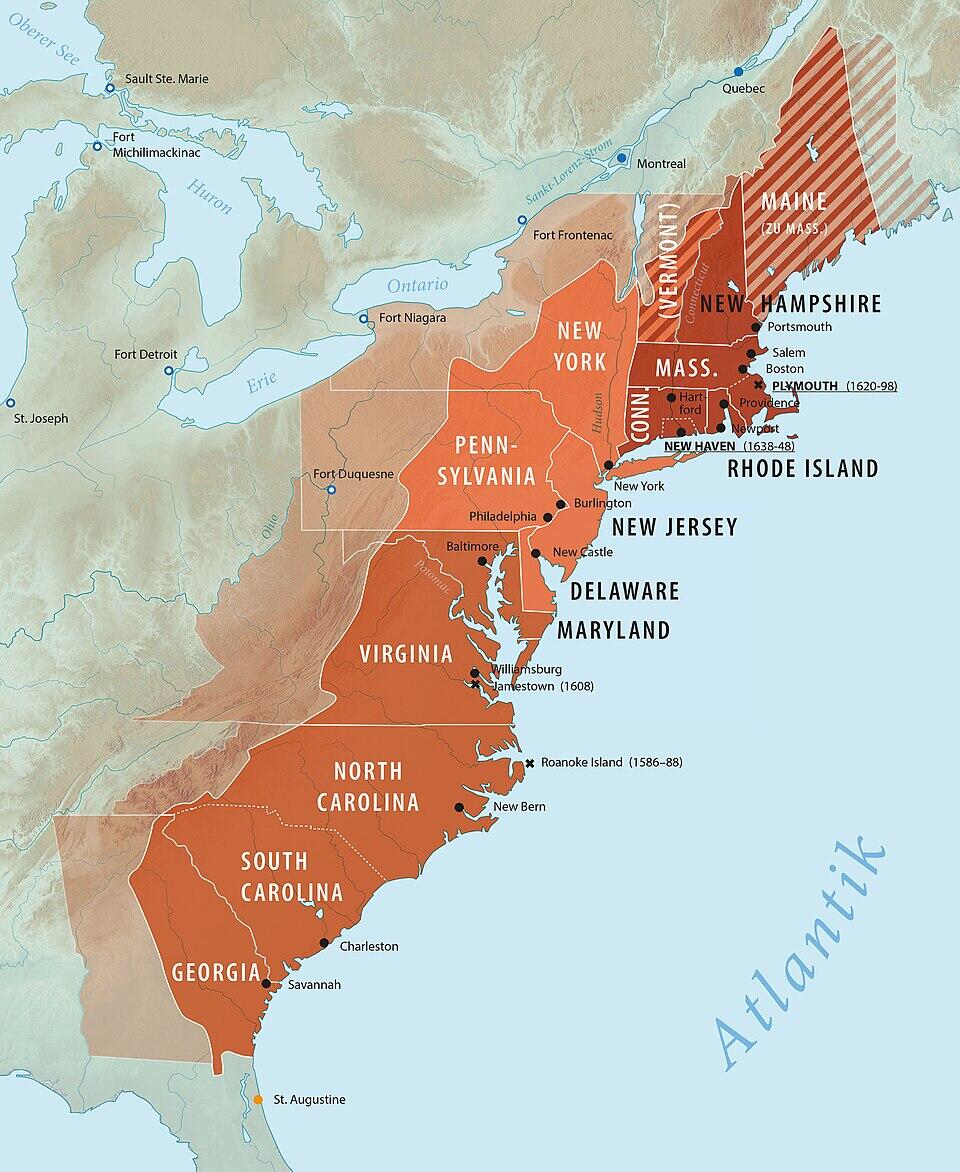
The colonies initially began the conflict at Lexington and Concord in pursuit of better treatment from the British administration. However, as the war dragged on, their cause shifted toward a fight for full independence.
This culminated in the adoption of the Declaration of Independence on July 4, 1776, signed by 56 colonial leaders representing the Thirteen Colonies. However, the British administration did not recognize the declaration or the colonies' independence until the signing of the Treaty of Paris on September 3, 1783.
This treaty recognized the independence of the United States by establishing its borders and revoking certain privileges previously granted to Americans by the British. George Washington became the first President of the United States.
Signed on September 3, 1783, by representatives of the United States (John Adams, Benjamin Franklin, and John Jay) and Great Britain (David Hartley).
🌍 How did this historical event change the world? It was this episode that shaped the legacy regarding democratic principles and individual rights in the USA, influencing the formation of other modern democracies worldwide.
The French Revolution (1789–1799)
The French Revolution was a significant historical event in many ways. It occurred during the reign of Louis XVI, an ineffective monarch who contributed to the country's financial crisis. In an attempt to raise more funds by heavily taxing the aristocracy, Louis XVI faced rejection from the nobles, which triggered another political crisis.
With Louis XVI's decline in popularity, the Third Estate (comprised of peasants, workers, and the middle class) decided to declare themselves rulers of France after separating from the Estates-General (France’s old parliamentary system).
One of the pivotal moments during this historical event was the storming of the Bastille on 14th July 1789. This eventually led to the establishment of the Declaration of the Rights of Man and of the Citizen the same year, which paved the way to end absolute monarchy in France.
In 1793, Louis XVI and his wife, Marie Antoinette, were executed by guillotine and publicly beheaded after being charged with treason.
🌍 How did this historical event change the world? This event challenged the concept of absolute monarchy and advanced the idea of democracy. It inspired many subsequent revolutions around the world, encouraging ordinary citizens to fight for justice, equality, and the protection of human rights.
The First World War (1914–1918)
World War I was the first global conflict caused by the competition between European imperial powers, marked by escalating political, military, and territorial tensions. The alignment of coincidences allowed a young political extremist belonging to the Serbian ultra-nationalist Black Hand organization, Gavrilo Princip, to assassinate the Archduke of Austria and his wife in Sarajevo in Bosnia-Herzegovina.
Within a month of the assassination, the Austro-Hungarian Emperor declared war on the Kingdom of Serbia, protected by the Russian Empire, drawing the Russo-French alliance into the conflict and involving the British. At the same time, Germany allied itself with the Austro-Hungarian Empire. World War I was such a violent war that it is estimated that at least 1% of the population died during its four-year duration.
Source: O'Neill, 2024 (Statista)
Source: O'Neill, 2024 (Statista)
🌍How did this historical event change the world? The end of the war resulted in the collapse of four great imperial dynasties: the German Empire collapsed, giving way to the Weimar Republic; the Austro-Hungarian Empire of the Habsburgs dissolved into two distinct nations (Austria and Hungary); Turkish nationalists dissolved the Ottoman Sultanate; and the Tsarist Empire of Russia fell, giving way to the rise of Communist Russia.
Want to know more interesting facts about the First World War and the Splendid Isolation? We invite you to read a more exacting account of WW1 events!

The Russian Revolution (1917)
The significant historical happening was a political and social process that took place in 1917 and marked the end of the autocratic rule of the Tsars. It was a period in history that saw the rise of a socialist regime under the leadership of the Bolsheviks, led by Vladimir Lenin.
Tsar Nicholas II, the last ruler of the Russian Empire, was destined to go down in history as an incompetent political figure completely out of touch with the needs of his people.
Approaching the Winter Palace in Petrograd, hundreds of impoverished peasants led a peaceful protest to deliver a petition to the Tsar, demanding change and better conditions. However, this demonstration was brutally put down by Russian soldiers, killing 200 people by rifle fire.
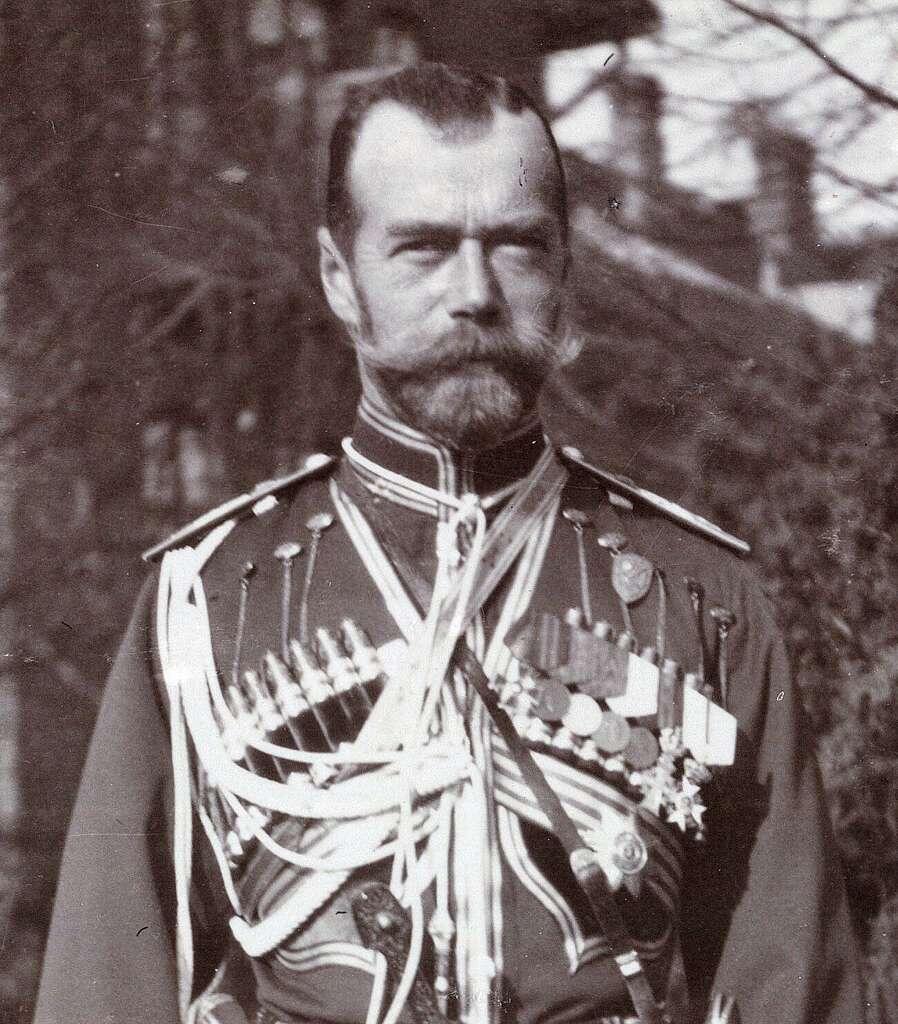
This event became known as Bloody Sunday and is considered one of the triggers of this historical indicident. The February Revolution took place, which led to the abdication of Tsar Nicholas II. The Bolsheviks subsequently took control in the October Revolution, establishing an administration based on soviets and proclaiming the creation of a socialist state.
February Revolution
(March 1917)
- Main goal: Overthrow the Imperial government under Tsarist autocracy
- Food shortages, costly wars, and economic downturns triggered angry workers to start protesting against the monarchy
- The abdication of Tsar Nicholas II marked the last ruling dynasty of Russia (the Romanov dynasty)
October Revolution
(November 1917)
- Main goal: Establish a socialist and communist state by the Bolshevik Party
- Took place due to discontentment towards the Provisional Government, the ongoing World War I, and the rise of Vladimir Lenin
- The overthrow of the Provisional Government marked the formation of the Soviet Union under the Bolshevik Party
🌍 How did this historical event change the world? It led to the formation of the Soviet Union, which further spread the communist ideology worldwide, setting the stage for the Cold War throughout the 20th century.
The Great Depression (1929)
To understand the background of the Great Depression, we first need to discover the Roaring Twenties. The 1920s marked a decade of economic prosperity and cultural and social advances in American history. Fantastic innovations in industry and infrastructure allowed many to enjoy relative comfort and a select few to live in absolute luxury. However, everything would go bankrupt soon.
Causes of The Great Depression
- The beginning of a mild recession due to a decline in production, high unemployment
- The stock market crashed due to over-speculation and massive buying of stocks on borrowed money, famously known as Black Tuesday
- Collapse of the bank systems due to the loss of confidence by investors
- Trade wars (high tariffs being imposed) through the Smoot-Hawley Tariff.
The stock market crashed on October 29, 1929, marking the official beginning of the Great Depression. Companies went bankrupt, banks closed, and millions of people lost their jobs, leading to a drastic decline in production and international trade.
Around the world, people suffered for years of hardship and hunger as the Great Depression went on. Under the administration of President Franklin D. Roosevelt (FDR), a series of programs known as the New Deal was introduced to navigate this challenging period. However, it was not until the start of World War II that the economy truly recovered through war spending. Here are some examples of the New Deal programs:
| Major Program | Year Enacted | Main Purpose |
|---|---|---|
| Federal Deposit Insurance Corporation (FDIC) | 1933 | Safeguards depositors’ funds from loss if there's bank failure and regulate bank practices |
| Civilian Conservation Corps (CCC) | 1933 | Offers employment opportunities to young, unmarried men through national conversation worls |
| Securities and Exchange Commission (SEC) | 1934 | Prevents market manipulation through regulation of stock market |
| Social Security Act | 1935 | Introduces a national pension system through employer and employee contribution, helping retirees, their dependents and also those disabled |
🌍 How did this historical event change the world? The Great Depression triggered an international financial meltdown, leading to a rise in political instability worldwide and the emergence of fascist regimes, ultimately leading to World War II. However, the period also prompted increased government intervention in economic regulation policies.
Willing to learn more? Find history classes here on Superprof.
Nazi Germany (1933–1945)
Despite the staggering debt from World War I and the Weimar Republic's inability to control inflation, things started to improve for Germany after it introduced its new currency, Rentenmark. The economic recovery was further supported by a reprieve on war reparations from the United States. However, this period of stability was short-lived.
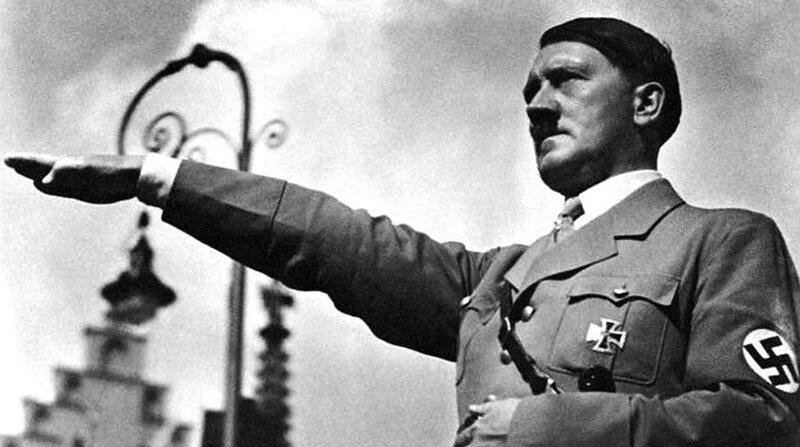
One man comes to mind when we talk about this period and the event that would change history forever: Adolf Hitler, who became the leader of Nazi party, and eventually became an infamous dictator.
He and the Nazi Party gained support by exploiting the financial hardships, nationalist sentiments, and anti-Semitic prejudices prevalent in German society — fueled by the financial difficulties of the early 1920s and widespread political instability. Two minor governmental adjustments later, on January 30, 1933, Adolf Hitler was singlehandedly running Nazi Germany as a totalitarian state.
A master of rhetoric, he galvanized public opinion to such an extent that, by 1932, the Nazi party held a majority of government seats in the Reichstag.
The roars of approval from the German people during his charismatic speeches validated his ideals.
🌍 How did this historical event change the world? Expansionist policies and the promotion of racial superiority led Nazi Germany down a path that eventually triggered World War II.
The Second World War (1939–1945)
Even though Article 231 of the Treaty of Versailles 1919 (marking the end of World War I) stated that Germany should never re-arm, Hitler felt that such a concession would leave Germany defenseless worldwide, preventing it from ever becoming a world power.
Once Hitler gained control of the country, he began rebuilding its economy through arms manufacturing. Nevertheless, now fully capable of military action, he led his troops in the invasion of Poland on September 1st, 1939, beginning one of humankind’s darkest chapters featuring the bloody fight between the Allies and the Axis.
Allies
Axis
This provoked a response from Britain and France. In 1941, the entry of the Soviet Union and Japan into the war further expanded this global conflict. The Japanese attack on Pearl Harbor in December 1941 prompted the United States to join the Allies. In 1945, following the surrender of Germany and the dropping of atomic bombs on Hiroshima and Nagasaki by the United States, Japan capitulated, ending the war in the Pacific.
🌍 How did this historical happening change the world? World War II was devastating in terms of human capital and economics, and it shaped world politics for decades to come and laid the groundwork for the Cold War.
The Creation of the Internet (1960s–1990s)
Did you know that the birth of the Internet was a result of another historical event — the Cold War? Determined to create a reliable communication system, the U.S. Department of Defense’s Advanced Research Projects Agency (ARPA) developed ARPANET, the first network to use packet switching — a method of breaking data into blocks for more efficient transmission. ARPANET officially went live in 1969!
Here are three major breakthroughs that occurred during the development of the Internet:
🌍 How did this historical happening change the world? The Internet has become one of the most widely used tools in history, connecting global users instantly daily while transforming various industries and our everyday lives.
Explore Interesting Historical Events With Superprof
We hope you are enlightened by these historical events shared in this article. Granted, there are many other interesting historical events that you can discover with the help of an experienced history tutor at Superprof.
Those that fail to learn from history are doomed to repeat it.
Winston Churchill
Whether you are preparing for a history exam or learning history in Guelph as a hobby, you can have a personalised and dynamic learning experience through private tutoring at Superprof. Head to the Superprof Canada homepage to start browsing a wide selection of history tutors near you. You'll never regret it!
















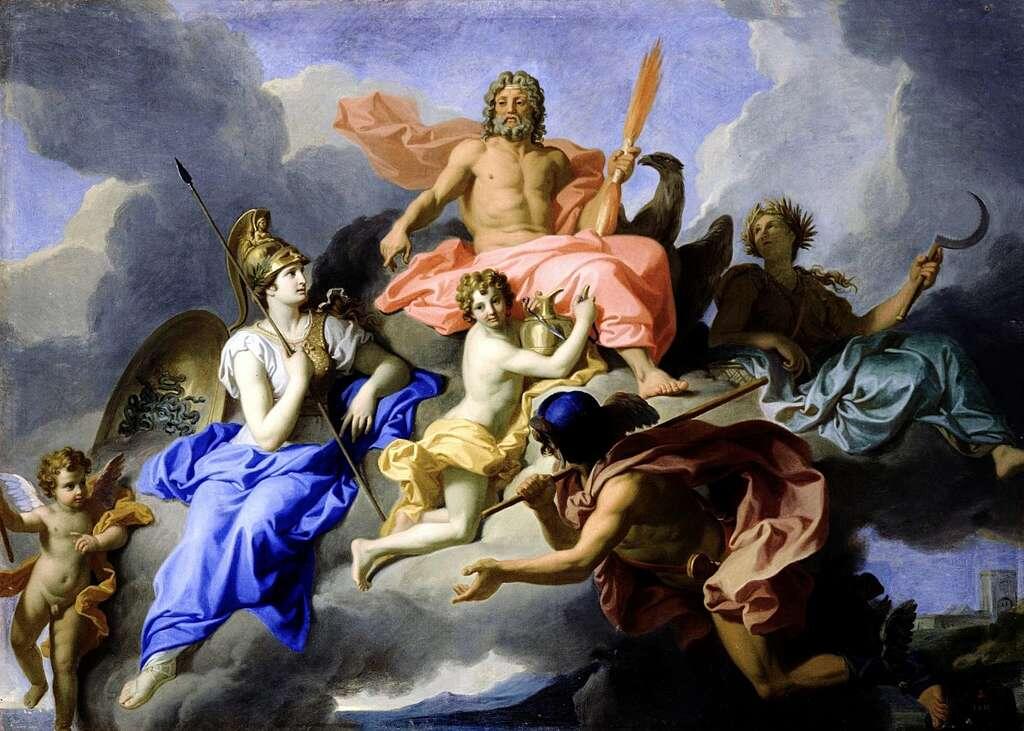

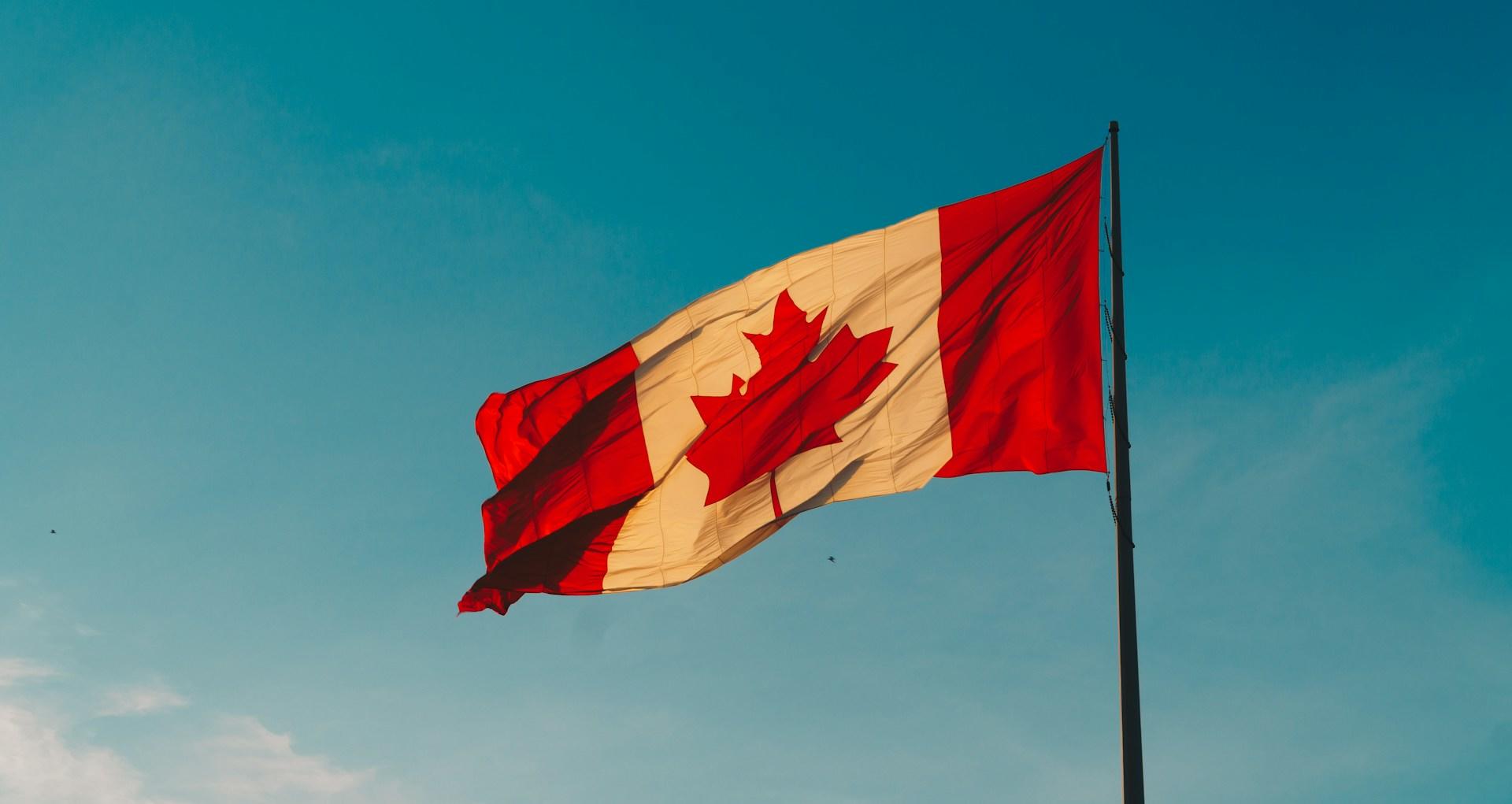
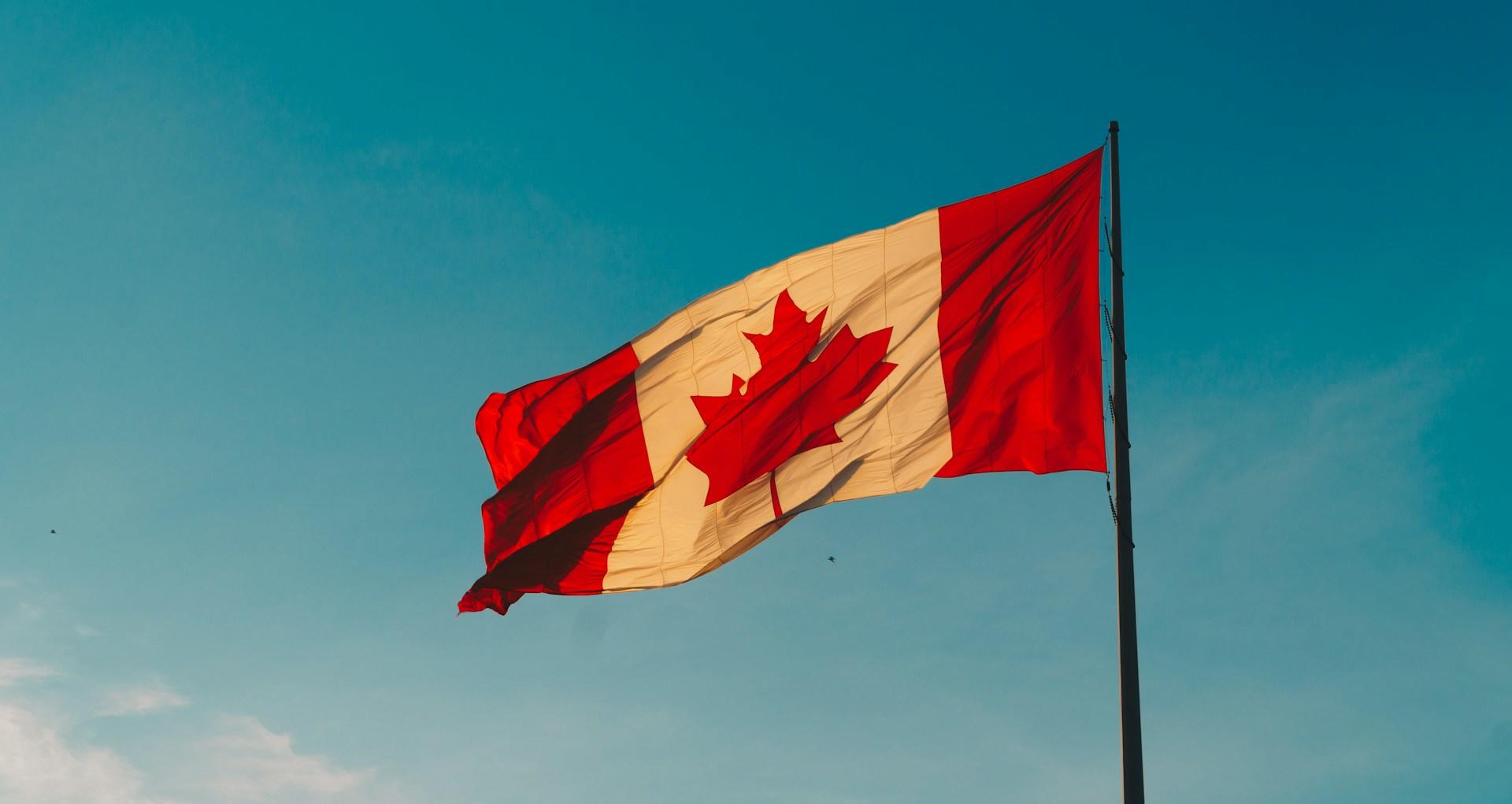
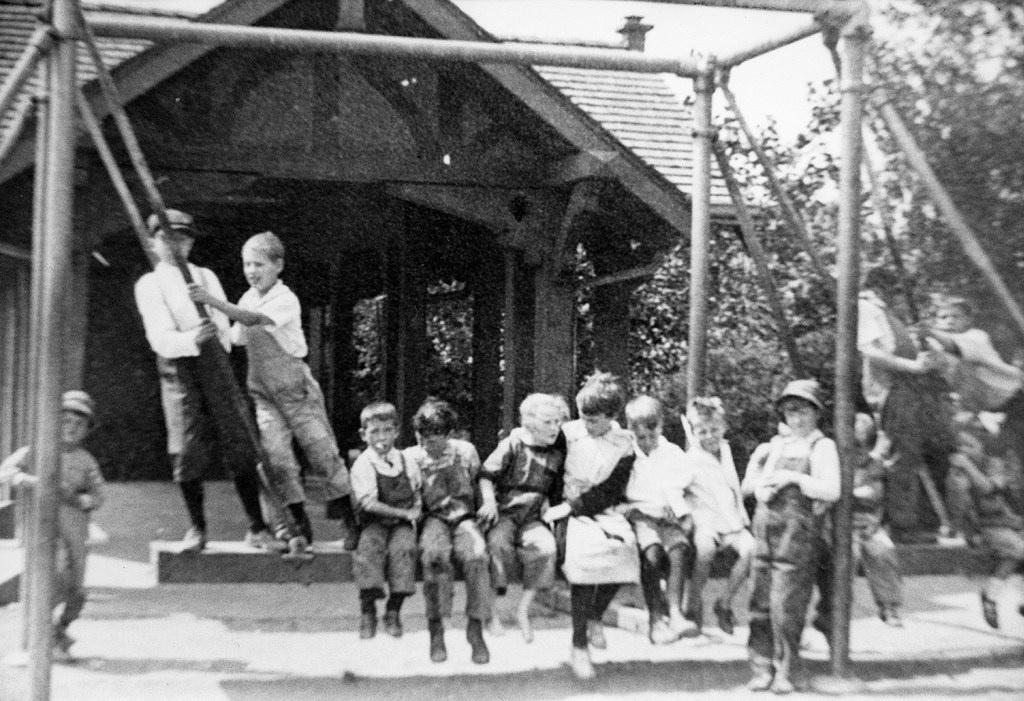
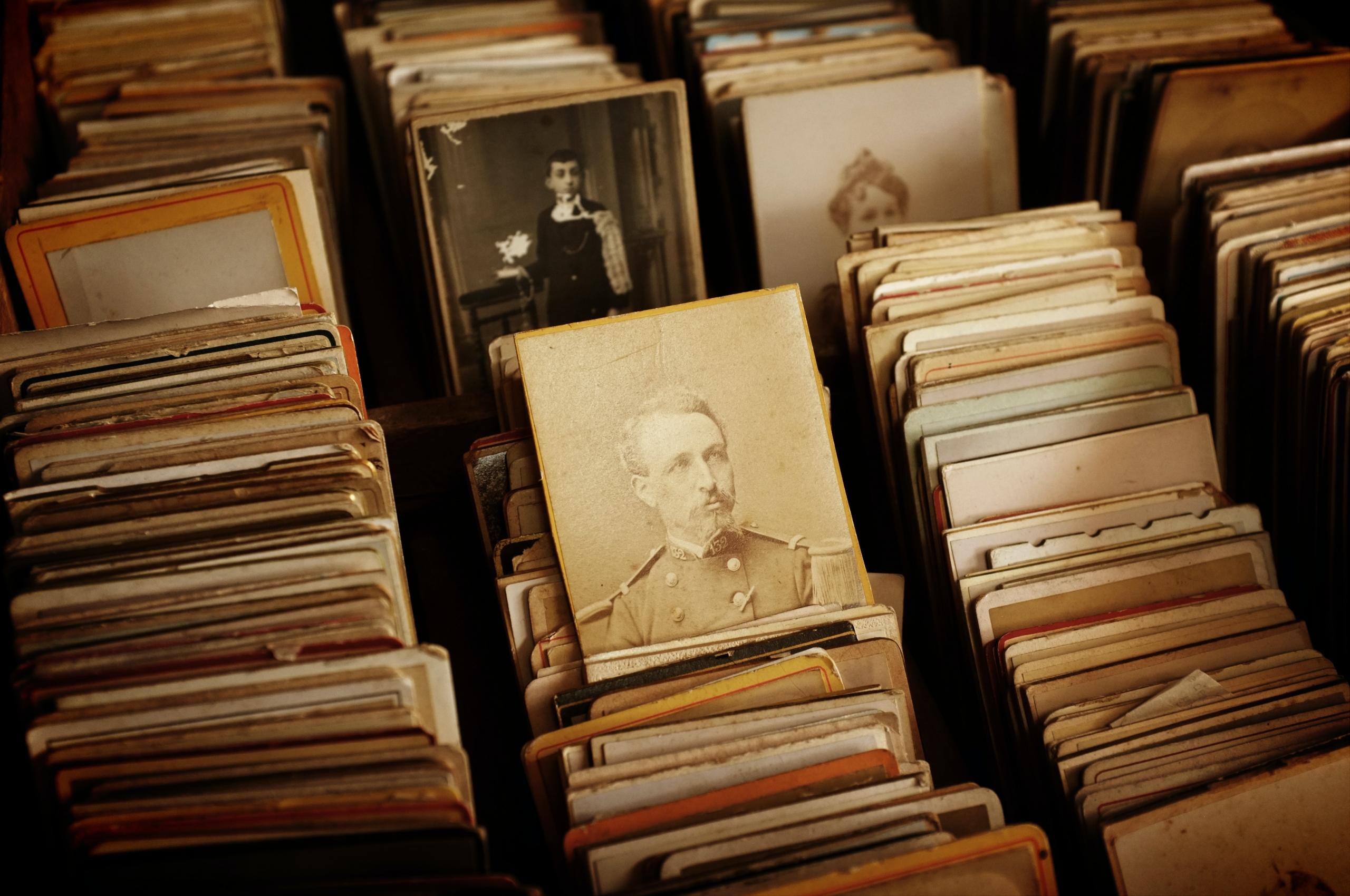



Pretty good little site